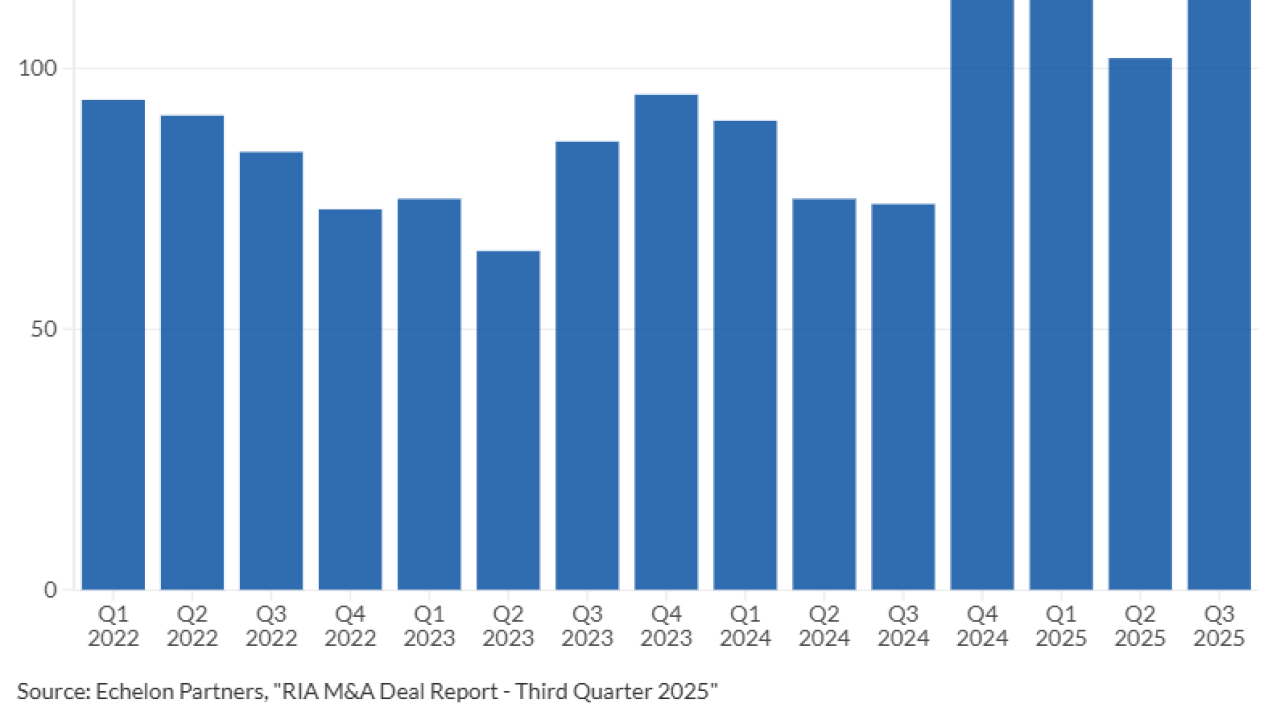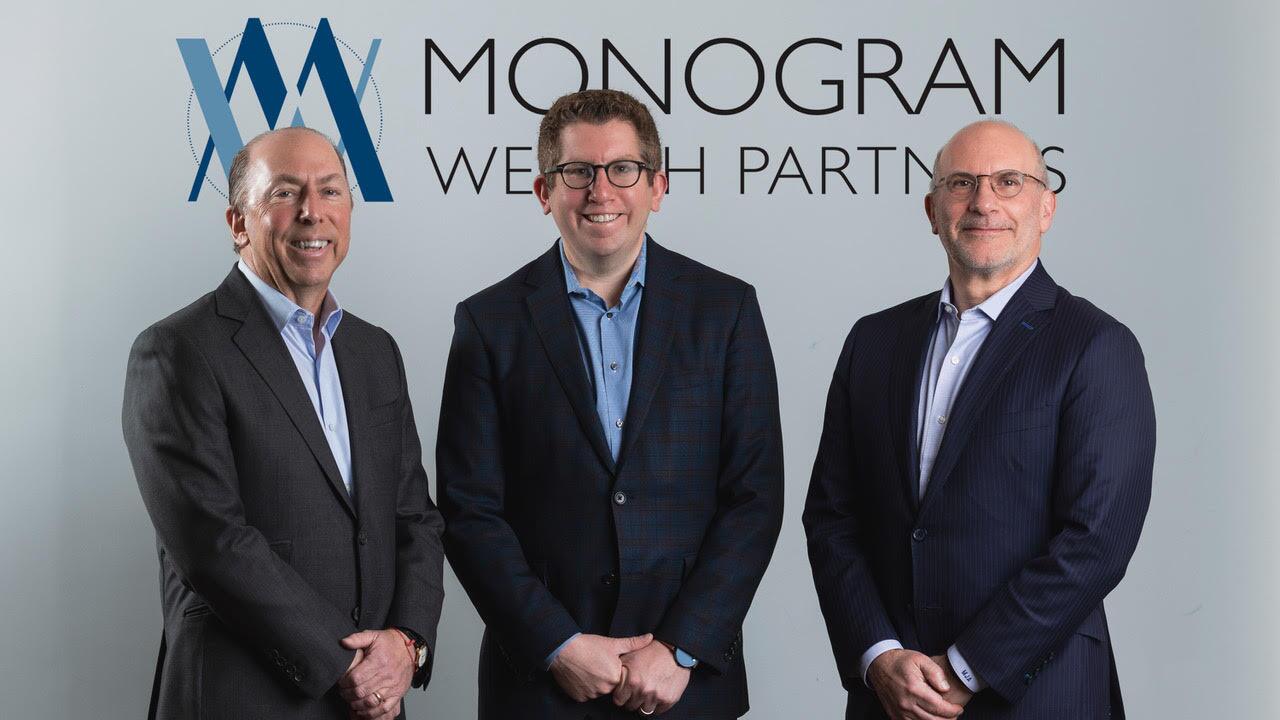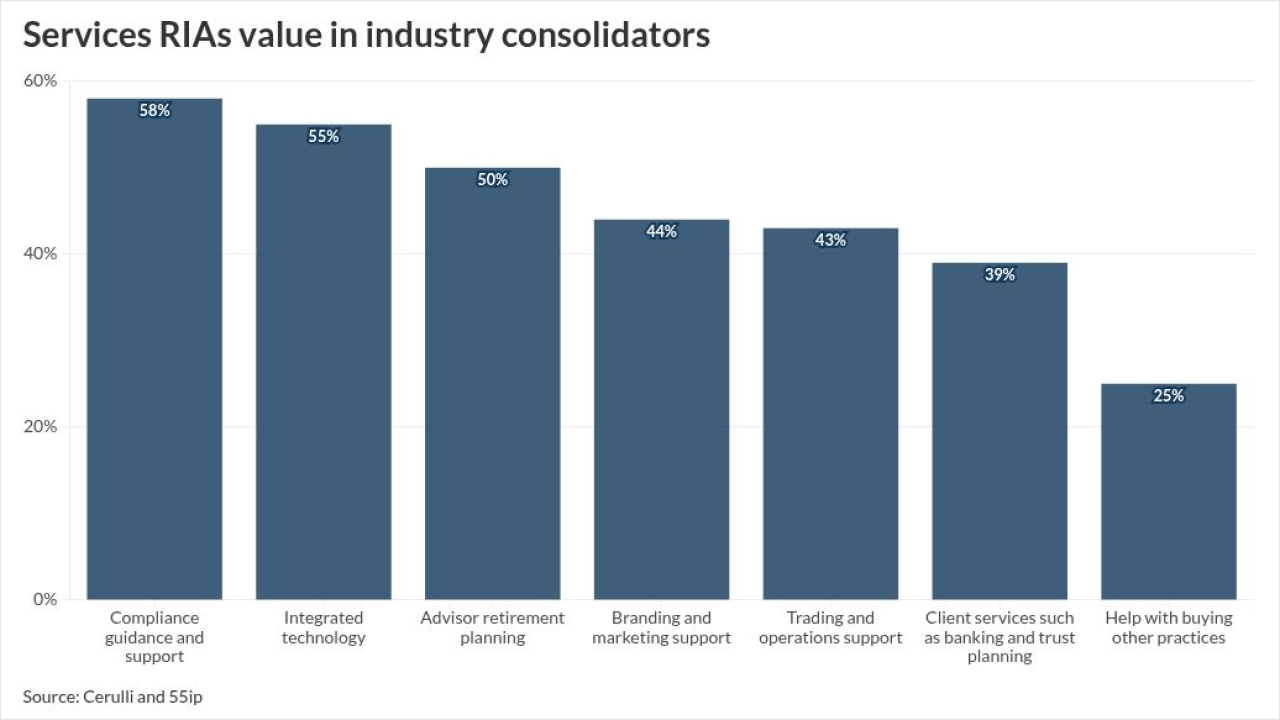How do advisors help people who want a simple suggestion about a mutual fund? Perhaps it’s someone who approaches you after a seminar at which you spoke, or maybe a client who wants to recommend a fund to their beginning-investor child or grandchild. Or it could be a younger new client of your own. Whoever it may be, they are looking to you for guidance. And, while they may not be a client now, your useful guidance now may lead them back to you later.
I’ve winnowed the universe of funds down to what I’m calling the Elite Eight. All funds meet several conditions: They are no-load funds with at least a 20-year performance history as of the end of last year, and an expense ratio under 1%.
The primary filter is that they have an initial purchase requirement of $1,000 or less, which means they are feasible for new investors on a tight budget. And all Elite Eight funds are diversified, with a Morningstar-determined objective of Balanced, Asset Allocation or Multi-Asset Global. I did not include target-date funds because most do not have a 20-year record and I believe they fit into another, special class of funds because of their dynamic asset allocation model (i.e. glidepath).
In short, this is a list of funds that provide immediate diversification across more than one asset class.
Elite Eight
Diversified no-load mutual funds with a 20-year track record
Mutual Fund Name | Objective | Symbol | Initial Purchase | Assets ($millions)
As of 3/1/18 | Expense Ratio | 5-Year Return
(2013-2017) | 10-Year Return
(2008-2017) | 20-Year Return
(1998-2017) | 2008 Return |
Schwab Balanced | Balanced | SWOBX | 100 | 404 | 0.56 | 9.59 | 6.13 | 6.35 | (22.00) |
Schwab MarketTrack Growth | Asset Allocation | SWHGX | 100 | 852 | 0.52 | 10.57 | 6.02 | 6.16 | (31.30) |
Schwab MarketTrack Balanced | Asset Allocation | SWBGX | 100 | 561 | 0.50 | 8.28 | 5.22 | 5.68 | (25.04) |
State Farm Balanced | Balanced | STFBX | 250 | 1,921 | 0.13 | 8.68 | 5.59 | 5.79 | (16.18) |
Oakmark Equity and Income Investor | Balanced | OAKBX | 1,000 | 13,322 | 0.78 | 9.99 | 6.87 | 9.35 | (16.18) |
Vanguard STAR Investor | Balanced | VGSTX | 1,000 | 21,750 | 0.32 | 9.75 | 6.67 | 7.23 | (25.10) |
Permanent Portfolio Permanent I | Multi-Asset Global | PRPFX | 1,000 | 2,557 | 0.82 | 2.22 | 4.73 | 7.01 | (8.36) |
Pax Balanced Individual Investor (SRI) | Balanced | PAXWX | 1,000 | 1,493 | 0.93 | 8.39 | 4.40 | 6.21 | (30.72) |
Source: Steele Mutual Fund Expert
Among the eight funds shown in the “Elite Eight” chart, several have been highlighted based on various criteria. Schwab MarketTrack Growth (SWHGX) had the highest historical return of 10.57% over the five-year period from Jan. 1, 2013, to Dec. 31, 2017.
State Farm Balanced (STFBX) has the lowest expense ratio of 0.13%. The next-lowest is Vanguard STAR (VGSTX) at 0.32%. Vanguard STAR was, in fact, the star of total assets, with over $21 billion (as of March 2018).
In the category of 10- and 20-year returns, the winner among these funds is Oakmark Equity and Income Investor (OAKBX), with a 10-year average annualized return of 6.87% and a 20-year return of 9.35%. Clearly, performance of the past is just that — in the past. However, a 20-year track record is hard to ignore.
The fund with the best performance in 2008 (a year many of us would rather forget) was Permanent Portfolio Permanent I (PRPFX), with an impressive return of -8.36%. To put that into perspective, the S&P 500 lost 37% in 2008, and the MSCI EAFE Index was down 43.38%. The funds with the next-best performance in 2008 were State Farm Balanced and Oakmark Equity and Income Investor, both at 16.18%. It should be noted that, while PRPFX did boast an impressive performance in 2008, it has lagged recently, particularly over the past five years.
Pax Balanced Individual Investor (PAXWX) is highlighted as an SRI fund. For those who wish to invest in accordance with certain social and environmental mandates, PAXWX can be a candidate.
One of the interesting aspects of investing (as shown in the “Growth of Annual Investments” chart) is that the account value outcome when making annual investments does not always synchronize with published returns. This is because published returns assume a single lump sum investment at the start of the performance period. And, of course, if investors are making annual investments, that will differ from the standard industry assumption behind the calculation of a multiyear average annualized return.
We observe this phenomenon in the “Growth of Annual Investments”. Notice that the 20-year average annualized return (based on a lump sum investment) for Schwab Balanced is higher than Schwab MarketTrack Growth by 19 bps (6.35% vs 6.16%). However, when money is invested at the start of each year over the same 20-year period, the ending account value is higher in Schwab MarketTrack Growth by over $1,300.
Another example is Pax Balanced vs. Schwab MarketTrack Growth. PAXWX has a slightly higher 20-year lump sum return than SWHGX (6.21% vs. 6.16%), yet PAXWX has an ending balance that is $4,636 lower than SWHGX if investing $1,000 each year.
This all has to do with the sequence of returns — that is, the pattern of returns over the multiyear period. The ending outcome in a portfolio that’s being added to each year is significantly affected by the sequence of returns.
When investing systematically over time (such as annually), experiencing larger returns in the latter years is ideal, because those higher returns are affecting a larger account value. In this case, the sequence of returns happened to advantage Schwab MarketTrack Growth, because it has had a stronger performance lately (10.57% return over the most recent five years vs. 8.39% for PAXWX over the same time period).
Growth of Annual Investments
The internal rate of return is higher than the 20-year lump sum annualized return in every case.
| Mutual Fund Name | Mutual Fund Symbol | 20-Year Average Annualized Return
(assuming a lump sum deposit on Jan. 1, 1998) | Growth of $1,000 annual investment from 1998-2017
(investment at the start of each year) | Internal Rate of Return of $1,000 Annual Investments |
| Schwab Balanced | SWOBX | 6.35 | 41,671 | 7.15 |
| Schwab MarketTrack Growth | SWHGX | 6.16 | 43,014 | 7.44 |
| Schwab MarketTrack Balanced | SWBGX | 5.68 | 38,997 | 6.54 |
| State Farm Balanced | STFBX | 5.79 | 40,280 | 6.84 |
| Oakmark Equity and Income Investor | OAKBX | 9.35 | 53,735 | 9.44 |
| Vanguard STAR Investor | VGSTX | 7.23 | 46,594 | 8.16 |
| Permanent Portfolio Permanent I | PRPFX | 7.01 | 42,538 | 7.34 |
| Pax Balanced Individual Investor | PAXWX | 6.21 | 38,378 | 6.39 |
Source: Steele Mutual Fund Expert
The most important takeaway from this discussion is that anyone who annually invested $1,000 into any of these Elite Eight funds from 1998 through 2017 (a $20,000 total investment) nearly doubled their investment and came close to tripling their investment in the best performing fund.
A bit of advice you can offer prospects and clients as well: They can help themselves if they consistently invest, regardless of how the markets are performing.
Want proof? Look at the 20-year internal rate of return in the final column of “Growth of Annual Investments” — it’s higher than the 20-year lump sum average annualized return in every case. The value of consistent investments is picked up in the IRR calculation. And these funds are not only easy to start, they are easy to continue investing in.
Encourage clients to consistently invest money into their fund each year — with a little extra amount in the down years, even if this is difficult to do on a psychological level. If they learn to follow these steps, they will have mastered a behavior that many never do. This elite behavior will add more value to their ending outcome.





